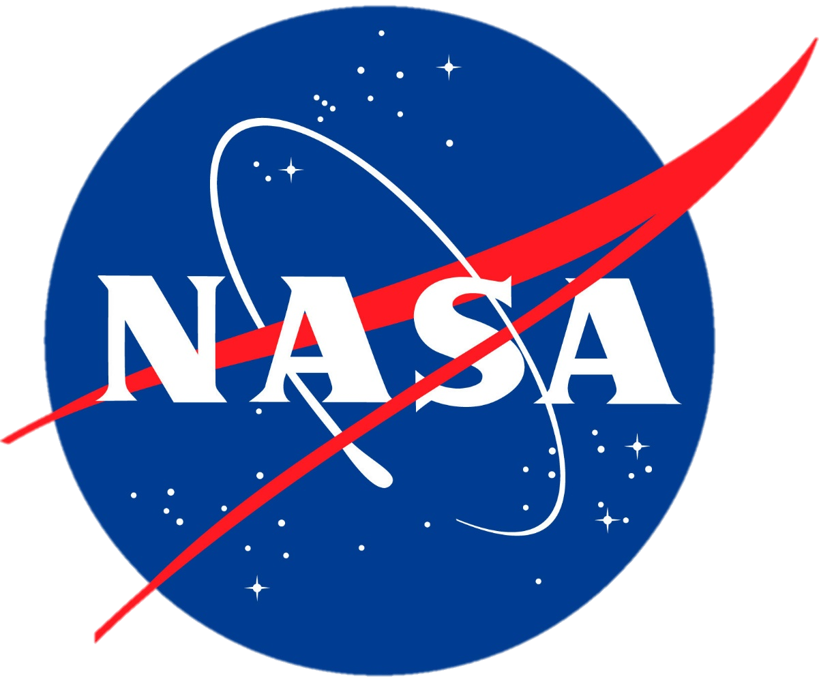Chandra
NASA’s Chandra X-ray Observatory was launched and deployed by Space Shuttle Columbia on July 23, 1999. It was the most sophisticated X-ray observatory to date when launched. Since the Earth’s atmosphere absorbs the vast majority of X-rays, they are not detectable from ground-based telescopes, requiring a space-based telescope to make these observations. Chandra has answered and will continue to answer many questions about the high-energy universe, enabling scientists to pose new questions about the universe.
Chandra is designed to observe X-rays from high-energy regions of the universe, such as the remnants of exploded stars. Chandra’s instruments have approximately fifty times better resolution (pixel area fifty or more times smaller) than the High Resolution Imager on the ROSAT Observatory, the best predecessor. Chandra images reveal new details about phenomena in our Universe. Scientists can now see rings and jets in the region around a pulsar, like the one in the Crab Nebula supernova remnant. This level of detail can provide valuable information for understanding how the pulsar transmits energy to the nebula as a whole.






